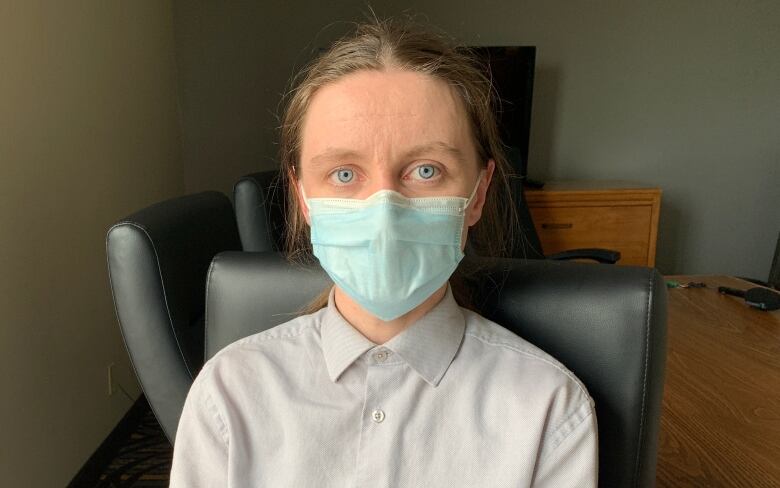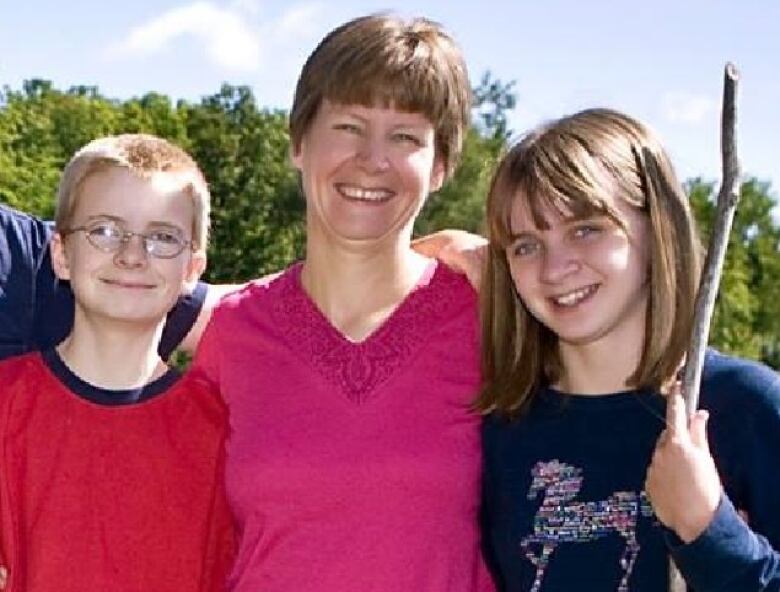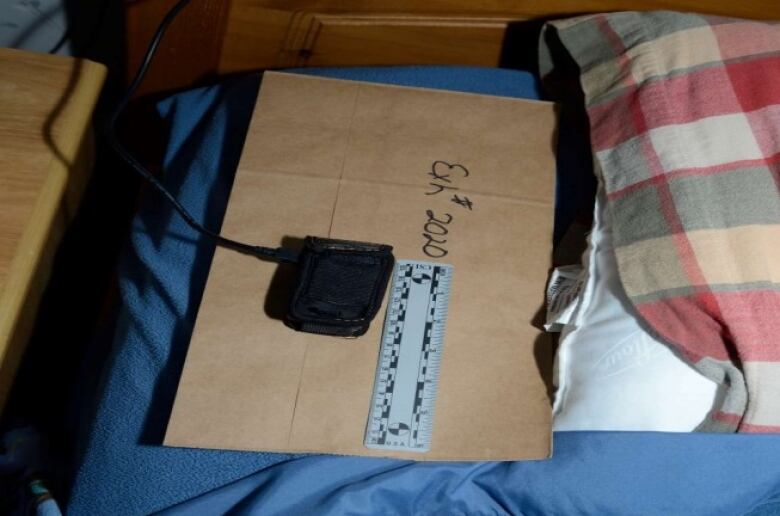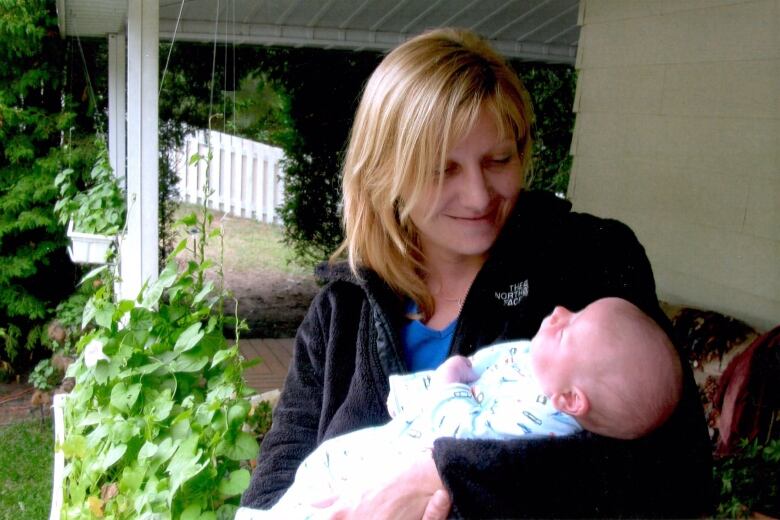Inquest hears from victim services worker who aided 2 of 3 murder victims
Testimony at ongoing coroner's inquest focuses on safety plans against perpetrator

Nathalie Warmerdam was looking forward to Christmas 2014 because shebelievedthe man jailed for brutally beating another woman in the same countywas scheduled to remain behind bars until early in the new year.
Then she learned the perpetrator's release date was actually late December.
"She just went into panic mode," said Faye Cassista, avictim services worker in Ontario's Renfrew County who helped Warmerdam form a safety plan. "She was always worried he would retaliate."
Cassistatestifiedon day six of a three-week coroner's inquest into issues raised by the deaths of Warmerdam, Anastasia Kuzykand Carol Culleton.
All three were murdered on Sept. 22, 2015 by Basil Borutski,whose history of violenceprompted Warmerdam to keepa panic button and gun for self defence, the inquest focusing on how to prevent further deaths from intimate partner violence has heard. Borutski had been convicted of threatening Warmerdam's son, among other crimes.
On Monday, Cassistaspoke aboutthe state of preparedness, alternating with fear, Warmerdam lived infor the two years leading to her death something Cassista admitted was not easy to share.
"The only reason I am speaking for Nathalie and [Anastasia]is because I have the consent of Valerie and Anastasia's family," she said, citing the normally confidential nature of her discussions with partner abuse clients.
Valerie Warmerdam, Nathalie Warmerdam'sdaughter, is among those questioningwitnessesand acknowledged the difficult position Cassista was in as an inquest witness.
"Alot of the things that you may have known about mom'ssituation may have been things that she didn't share with me because I was a kid and she wanted to protect us,"Valerie Warmerdam said.

Searching for a new home
Nathalie Warmerdam talked a few times about moving 10 to 15 hours away to protect her family and even took a scouting trip in the summer of 2014 when Borutski was in custody,Cassista said.
"She knows he's not gonna be in forever, so the fear is, what can I do to be proactive? What do I have to do to be safe?"
Warmerdam was murdered just days before another planned house-hunting trip, Cassistaadded.
"One of the things that occurs to me might have been on her mind when deciding to stay, or at least not move yet, would have been the fact that I wasn't done high school and so she wouldn't have wanted [us disrupted]," Valerie Warmerdam said before asking Cassista to talk about factors that women weigh in their decisions.
"Most moms worry about their kids," Cassista replied. "That's the number one thing."

Never knowing his vehicle
The inquest has heard that Borutski cited transportation issues for failing to participatein a court-mandatedpartner assault responseprogram.
But Cassista said Borutski had access to seven or eight cars from a friend who worked at a garage.
That meant Warmerdam never knew what kind of vehicle he might be driving, which increased her anxiety as a rural nurse travelling to various parts of the county, Cassista said.
"There's not a lot of cars sometimes on some of those backroads,so if you had somebody behind you, it was very nerve-wracking for her," Cassista said. "Her fear always was that he would try to take her out at night when she was out working."
Trackerno guarantee of safety, support worker says
The inquest has also heard that Warmerdam used a mobile tracking system device issued by victim services, more commonly known as a panic button, which would alert Ontario Provincial Police officers to her location if she activated its alarm.
Victim services in Renfrew County began providing the trackersto women free of charge six to seven years ago, Cassista said. The satellite-based devicesare meant for women at risk of violence who live in rural areas with spotty or no cellphone coverage, she said.
"It's not going to save a life," Cassista said. "Everybody knows that. In rural areas, your OPP could be 20, 25 minutes away."

But Cassista recalled an exchange with one of the first women to whom the countyissued a panic button.
"She said to me, 'At least you'll know I'm dead and you'll know where my body is. You'll know where to find me.' So that's the peace of mind it gave them that 'he can bury me.'"
Cassista said the devices are intrusive and require the user to be contacted by victim services every two weeks.
The inquest will hear later this week from an expert on the electronic monitoring of perpetrators, though the inquest has not heard that Borutski was under such monitoring.
'You can't walk around 24/7with a gun'
Cassista also worked with Anastasia Kuzyk, who became involved with Borutski after Warmerdam,on her safety plan after Borutski was convicted of brutally assaulting her.
The plan was less intensive than Warmerdam's, even though Borutski was more physically harmful to Kuzyk than Warmerdam, Cassista said.
"She [saw]so much of the good in everybody and didn't think these things might happen," Cassista said of Kuzyk. "Asmuch as she was terrified of him, she didn't really think that he would be capable of lethality."
She was also extremely private. "Alot of the stuff, she didn't want it out there," Cassista said.
One of Kuzyk's sisters moved in with her for a time, partly to make her feel more safe, Cassista added.

At the end of her testimony, Cassista was asked by a juror how she believed the system meant to protect Warmerdam, Kuzyk and Culleton failed them.
"I think anyone of us who worked with these women thought we failed them somehow because we all did your bestbut you can't stop somebody if he really wants to," she replied.
"You can't walk around 24/7with a gun in your pocket expecting somebody to kill you every moment."












_(720p).jpg)


 OFFICIAL HD MUSIC VIDEO.jpg)
.jpg)



























































































